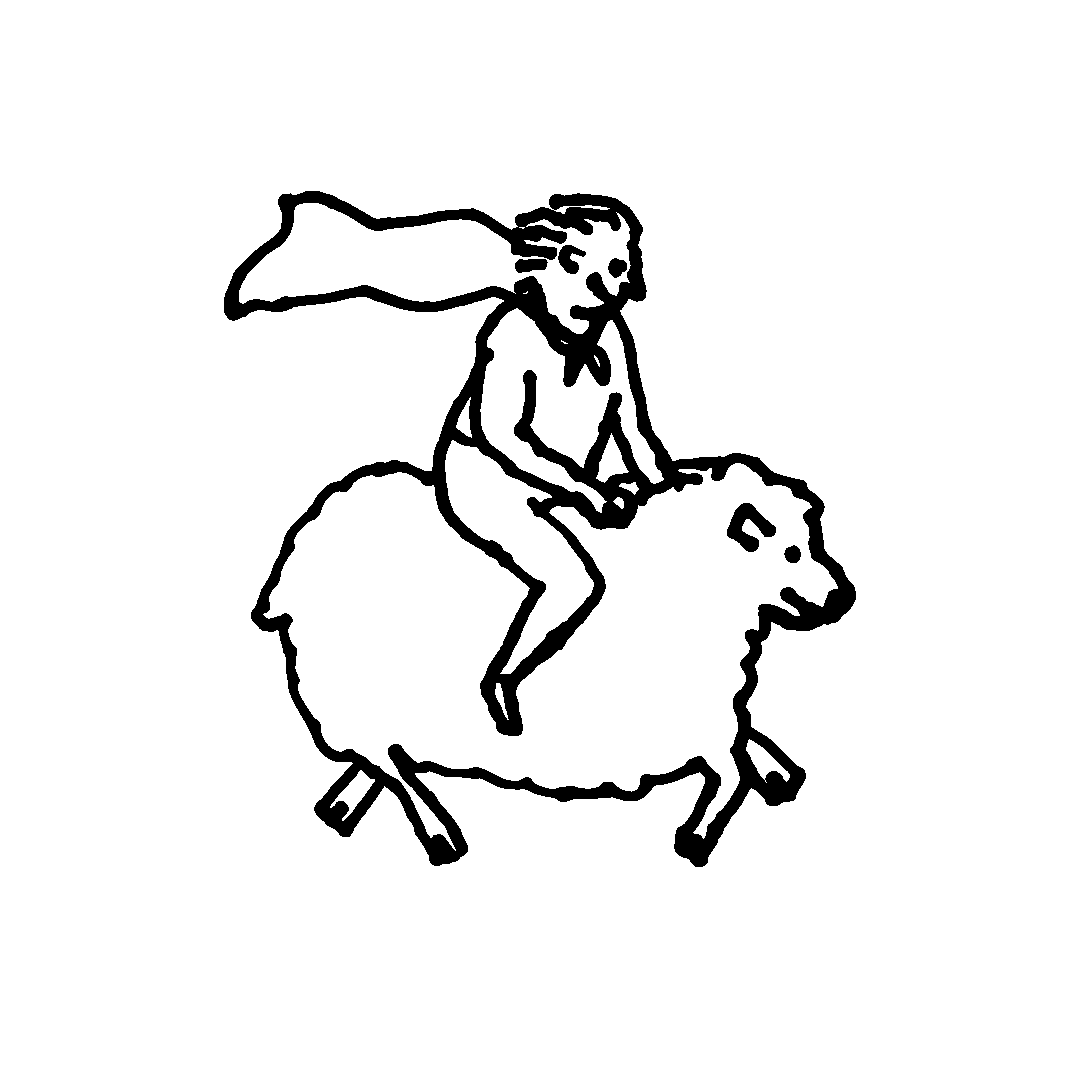WHAT IS REGENERATIVE FARMING?
Regenerative farming, or regenerative agriculture, is a holistic soil management practice that has the objective of maximising the natural capacity of our soils to absorb and store CO2 from the atmosphere.
It focuses on shifting our farming approach from “extraction” to “regeneration” by looking at how we can always give more than we take.
Scientists estimate that by boosting carbon storage in agricultural soils by just 0.4% each year, we can store more carbon in the soil than humanity emits in a year.
Regenerative farming creates sustainable long-term ecosystems by maximising soil health and increasing its natural capacity to absorb and store CO2 from the atmosphere.
Scientists estimate that by boosting carbon storage in agricultural soils by just 0.4% each year, we can store more carbon in the soil than humanity emits in a year.
Regenerative farming creates sustainable long-term ecosystems by maximising soil health and increasing its natural capacity to absorb and store CO2 from the atmosphere.
1. Minimising soil disturbance.
Believe it or not but there are more micro-organisms in a teaspoon of soil than there are people on Earth. These living organisms are what make soil fertile. Disturbing them through tillage or by using chemicals, destroys the soil structure that acts as their home. It’s a bit like if someone smashed your teapot and then asked you to serve them an Earl Grey. Rude.
2. Keeping the soil covered.
As Aristotele observed, nature always works to fill a vacuum. In nature, soil
is covered by vegetation to protect it from wind and water erosion, while preventing moisture evaporation and weed seeds germinating. Our stations protect their soil by maintaining living roots through the year and growing cover crops that help retain nutrients and food supply for the
micro-organisms.
3. Maximising pasture diversity.
Pests and poor nutrient cycles in crops are due to the lack of diversity in our farming system. For too long within farming systems farmers would plow the soil, and then till it to get it in a very fine form. That would allow new plants to get root structure through the soil much easier. Within regenerative (multi-species) pastures the plants serve the same function. Their root structure creates carbon pathways, sequestering it from the environment and getting it down into the soil in the form of nutrition.
4. Managed grazing for the sheep.
Traditional sheep feedlots lead to higher greenhouse gas emissions and low nutrient forage. Instead, a regenerative grazing system mimics the natural grazing patterns of animals. Our Station’s pastures have at least 30 different seeds, keeping our sheep healthy and providing all the nutrition they need to produce the highest quality Merino wool. LHS is also working with scientists in New Zealand to trial innovative methods, such as seaweed supplements, that in practice trials, have reduced the sheep’s methane output by up to 60%.

